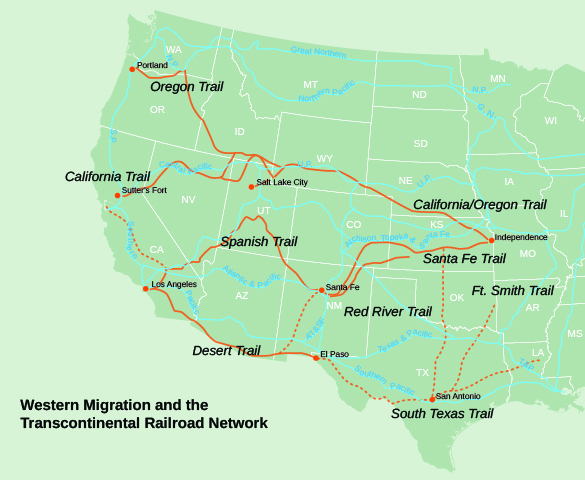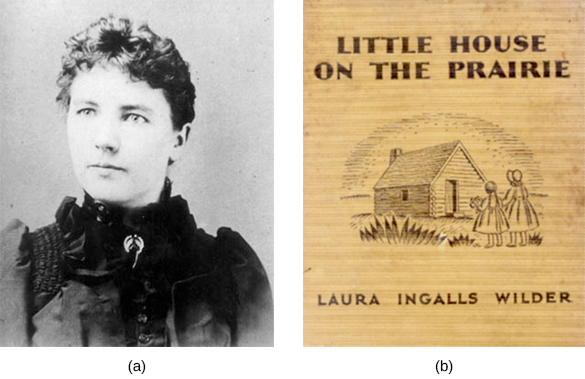| << Chapter < Page | Chapter >> Page > |
As settlers and homesteaders moved westward to improve the land given to them through the Homestead Act, they faced a difficult and often insurmountable challenge. The land was difficult to farm, there were few building materials, and harsh weather, insects, and inexperience led to frequent setbacks. The prohibitive prices charged by the first railroad lines made it expensive to ship crops to market or have goods sent out. Although many farms failed, some survived and grew into large “bonanza” farms that hired additional labor and were able to benefit enough from economies of scale to grow profitable. Still, small family farms, and the settlers who worked them, were hard-pressed to do more than scrape out a living in an unforgiving environment that comprised arid land, violent weather shifts, and other challenges ( [link] ).

Of the hundreds of thousands of settlers who moved west, the vast majority were homesteaders. These pioneers, like the Ingalls family of Little House on the Prairie book and television fame (see inset below), were seeking land and opportunity. Popularly known as “sodbusters,” these men and women in the Midwest faced a difficult life on the frontier. They settled throughout the land that now makes up the Midwestern states of Wisconsin, Minnesota, Kansas, Nebraska, and the Dakotas. The weather and environment were bleak, and settlers struggled to eke out a living. A few unseasonably rainy years had led would-be settlers to believe that the “great desert” was no more, but the region’s typically low rainfall and harsh temperatures made crop cultivation hard. Irrigation was a requirement, but finding water and building adequate systems proved too difficult and expensive for many farmers. It was not until 1902 and the passage of the Newlands Reclamation Act that a system finally existed to set aside funds from the sale of public lands to build dams for subsequent irrigation efforts. Prior to that, farmers across the Great Plains relied primarily on dry-farming techniques to grow corn, wheat, and sorghum, a practice that many continued in later years. A few also began to employ windmill technology to draw water, although both the drilling and construction of windmills became an added expense that few farmers could afford.
The story of western migration and survival has remained a touchstone of American culture, even today. The television show Frontier Life on PBS is one example, as are countless other modern-day evocations of the settlers. Consider the enormous popularity of the Little House series. The books, originally published in the 1930s and 1940s, have been in print continuously. The television show, Little House on the Prairie , ran for over a decade and was hugely successful (and was said to be President Ronald Reagan’s favorite show). The books, although fictional, were based on Laura Ingalls Wilder’s own childhood, as she travelled west with her family via covered wagon, stopping in Kansas, Wisconsin, South Dakota, and beyond ( [link] ).

Wilder wrote of her stories, “As you read my stories of long ago I hope you will remember that the things that are truly worthwhile and that will give you happiness are the same now as they were then. Courage and kindness, loyalty, truth, and helpfulness are always the same and always needed.” While Ingalls makes the point that her stories underscore traditional values that remain the same over time, this is not necessarily the only thing that made these books so popular. Perhaps part of their appeal is that they are adventure stories, with wild weather, wild animals, and wild Indians all playing a role. Does this explain their ongoing popularity? What other factors might make these stories appealing so long after they were originally written?

Notification Switch
Would you like to follow the 'U.s. history' conversation and receive update notifications?